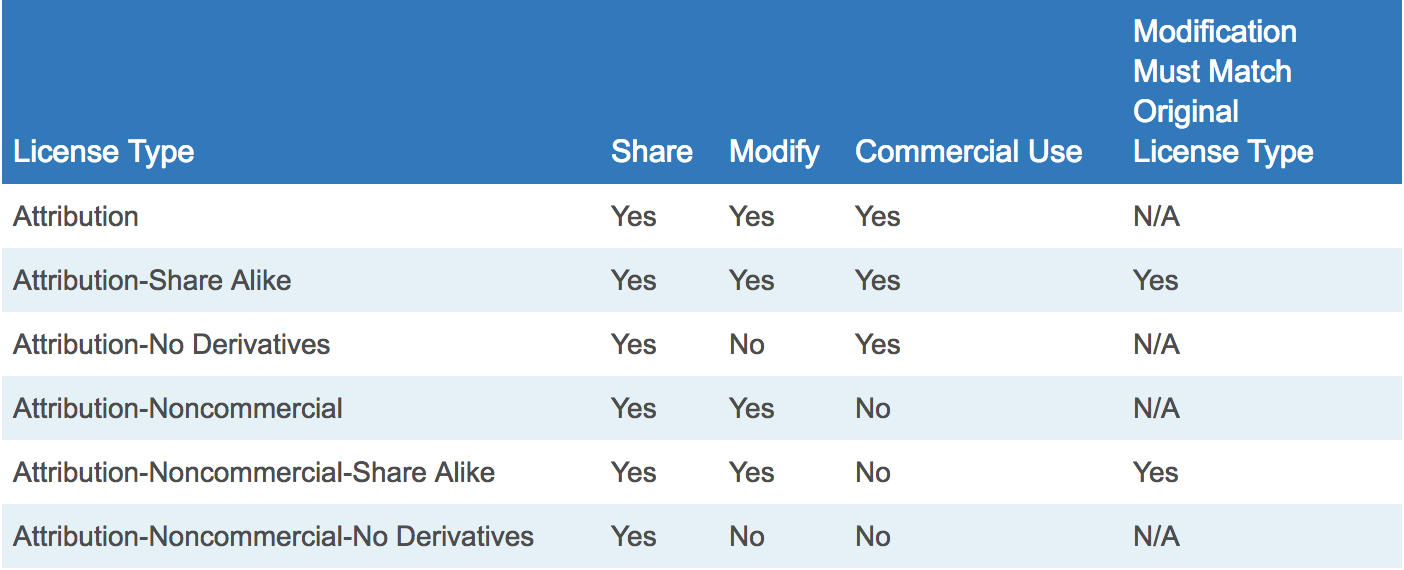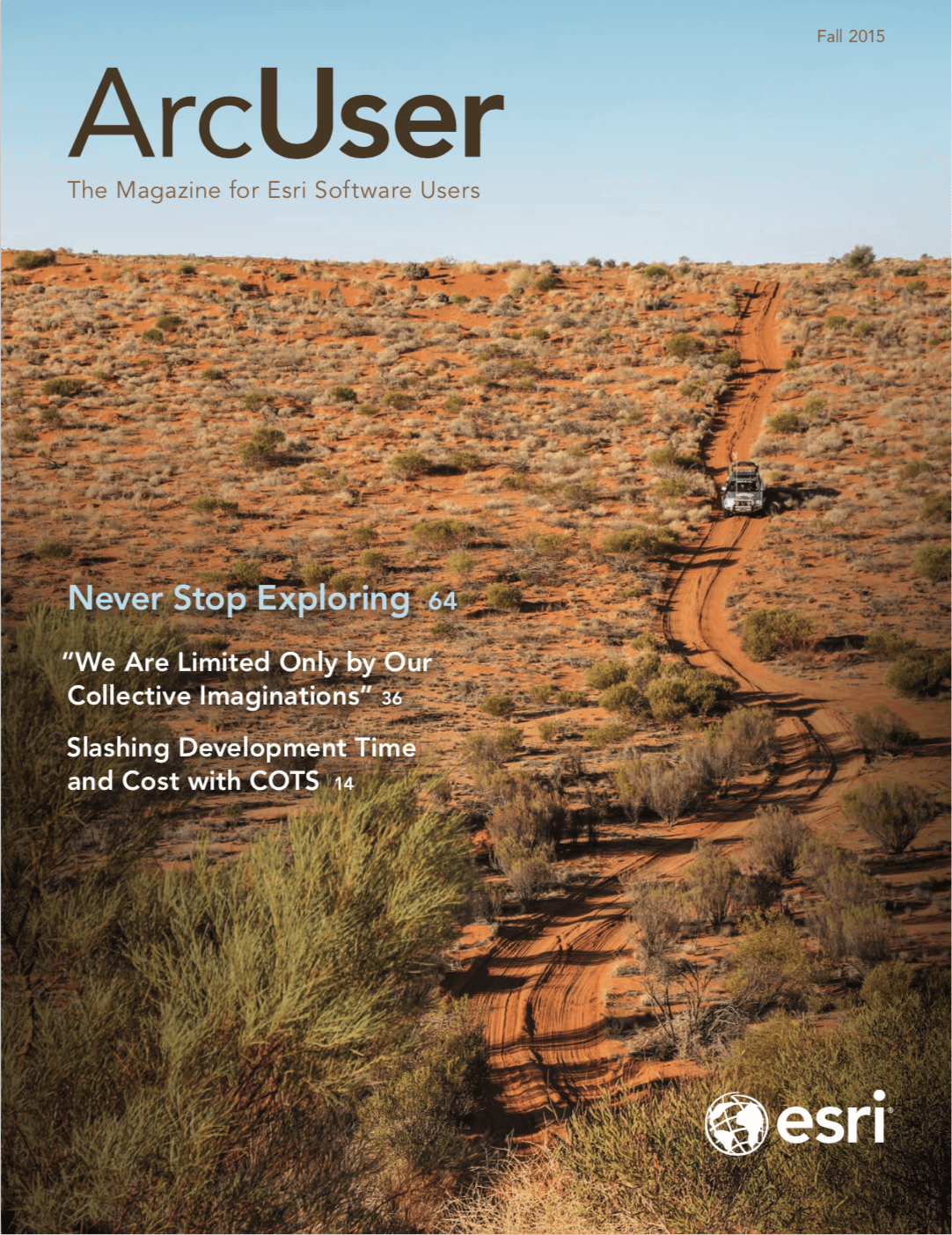Avoid copyright infringement when creating an Esri Story Map app
The most compelling Esri Story Map apps make extensive use of images. When you are creating a story map, you might be tempted to add to the visual impact of your map by doing a quick online search and copying or linking to the images you find. While this is certainly easy, it is probably not legal.
Depending on the country, the consequences of breaking copyright laws can range from monetary fines to criminal action. Without pursuing legal action, the owner of a copyrighted work can request that an Internet service provider remove infringing content under the Digital Millennium Copyright Act of 1998 (DMCA). This act protects Internet providers from liability associated with copyright infringement by its users.
Copyright 101
The United States and many other countries offer legal protection to the originators of literary, musical, artistic, and other intellectual works and their assignees. This protection allows them to control reproduction, distribution, performance, and modification of their work.
You should assume every image online is copyrighted because US law no longer requires the use of a copyright notice or copyright mark (©) for a copyright to be in force.
If you wish to use a copyrighted image, you must request and receive the copyright owner’s permission to use the image. Linking to a site or providing attribution is not sufficient. Modifying an image does not nullify the existing copyright or create a new copyright that is assigned to you.
Legal Sources for Story Map Images
You have several legal sources for images that do not require that you receive permission from a copyright holder: works in the public domain, works licensed under a Creative Commons license, and stock photography.
Public domain images are not copyrighted. Content is added to the public domain when copyright holders release their work into the public domain, when a copyright expires, or when work is exempt from copyright protection such as creative work produced by the US government for federal projects.
Usage for works licensed under Creative Commons, a nonprofit organization that promotes the sharing and use of creative works, falls somewhere in between works in the public domain and works fully protected by a copyright that is in force. Creative Commons provides six types of licenses. All licenses require that the author be credited by linking to the license and noting any modifications made. The table below indicates the usage allowed under each license. Make sure the use allowed by the license for the image you want matches your needs.
Stock photography is another option. You can purchase the use of an image from various companies. Prices vary greatly by company, image, and usage.
No Worries
Save yourself from the worry and negative repercussions by using only legally obtained images to enhance your story maps. Find great images in the public domain or sites that provide works licensed under Creative Commons or by purchasing stock imagery.


